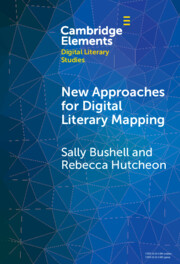Refine search
Actions for selected content:
1 results

New Approaches for Digital Literary Mapping
- Chronotopic Cartography
-
- Published online:
- 07 February 2025
- Print publication:
- 13 February 2025
-
- Element
-
- You have access
- Open access
- HTML
- Export citation
